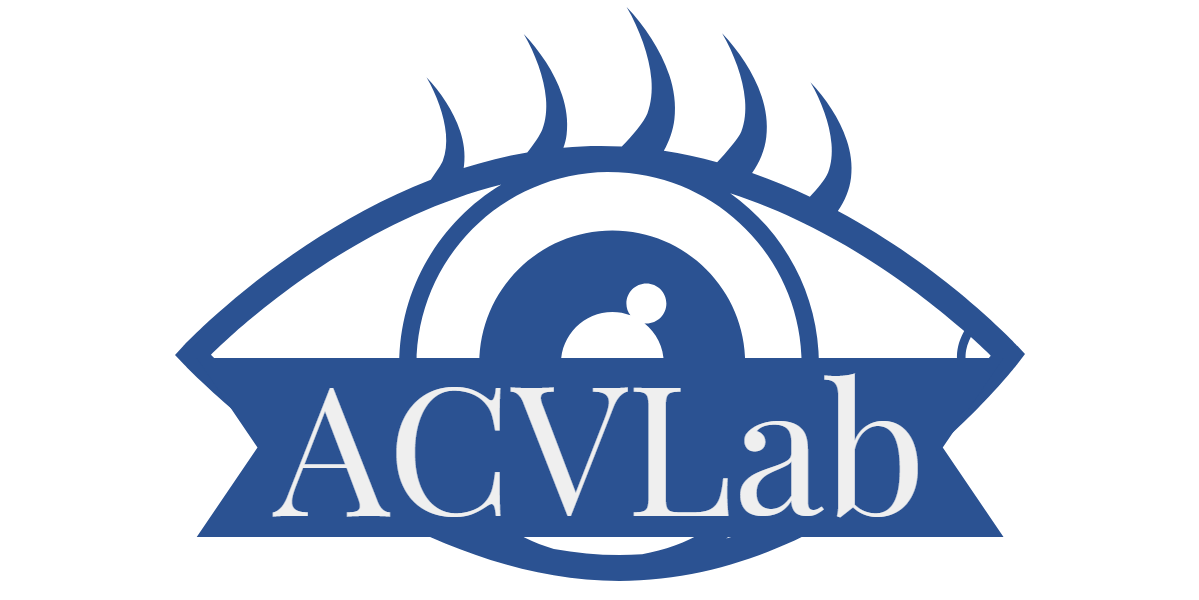這次參與 Reflection Removal 任務,挑戰性極高,不僅要準確去除影像中煩人的反射,更要完整重建被反射遮蓋的高頻細節與真實紋理資訊,這在許多實際應用中都具關鍵價值,例如自駕車、視訊監控、智慧城市以及影像增強技術等領域。為克服反射區域的資訊遺失問題,團隊巧妙運用 OmniSR 模型作為基礎,透過 DINOv2 擷取強大的語意特徵,同時利用 Depth Anything V2 生成精準的深度圖,並進一步轉換為表面法向圖,以提供更豐富的結構資訊。此外,更特別引入頻域融合模組(FreqFusion),有效恢復因反射影響而遺失的高頻紋理,無需額外後處理,即能實現高品質的無反射影像重建。
技術實作方面,團隊僅使用競賽官方提供的資料集進行訓練,透過客製化設計的兩階段訓練策略,先以 Charbonnier Loss 穩健對抗反射造成的異常值 (Robustness-aware training),後續再透過 L2 Loss 微調細節表現 (Refinement-aware training),最終成功在客觀品質評估上達到很好表現,並在全球頂尖團隊中名列前茅 (Top 2%)。
值得一提的是,這次宇凡再次擔綱主要研究,持續展現極佳的觀察力與創新能力,ACVLab 新世代的實力與潛力可期啊!恭喜宇凡、家銘,超強阿!
—–
More great news from ACVLab! Congratulations again to Yu-Fan Lin and Chia-Ming Lee for their remarkable achievement at the NTIRE Reflection Removal Challenge, held as part of the prestigious IEEE/CVF Conference on Computer Vision and Pattern Recognition (CVPR) 2025.
Our team proudly ranked in the Top 2% worldwide (6th out of 244 teams), and we are also the only team from Taiwan to break into the Top 3%—a truly outstanding accomplishment!
Reflection removal is a highly challenging low-level vision task. It requires not only the accurate elimination of distracting reflections in images, but also the faithful reconstruction of high-frequency texture details and original surface structures occluded by those reflections. This technique holds immense practical value for applications like autonomous driving, video surveillance, smart city systems, and general image enhancement.
To tackle this complex task, our team built upon the OmniSR architecture, leveraging semantic features extracted via DINOv2 and high-quality depth maps generated using Depth Anything V2. These depth maps were further converted into surface normal maps, enriching the model with structural cues. We also introduced a frequency-aware fusion module (FreqFusion) to restore high-frequency details lost due to reflections—without the need for any post-processing. The result: high-resolution, reflection-free image reconstructions.
Our training pipeline relied solely on the official competition dataset, following a two-stage training strategy. The first stage adopted Charbonnier Loss for its robustness against reflection-induced outliers, while the second stage fine-tuned texture fidelity using L2 Loss. The model consistently performed at a top-tier level in objective quality evaluations, securing our place among the global elite.
A special shout-out to Yu-Fan, who once again led the core research effort with sharp insight and creativity. This achievement further proves the rising power and potential of our next-generation researchers at ACVLab.
Major kudos to Yu-Fan and Chia-Ming—amazing work! 
[official website] https://codalab.lisn.upsaclay.fr/competitions/21394



